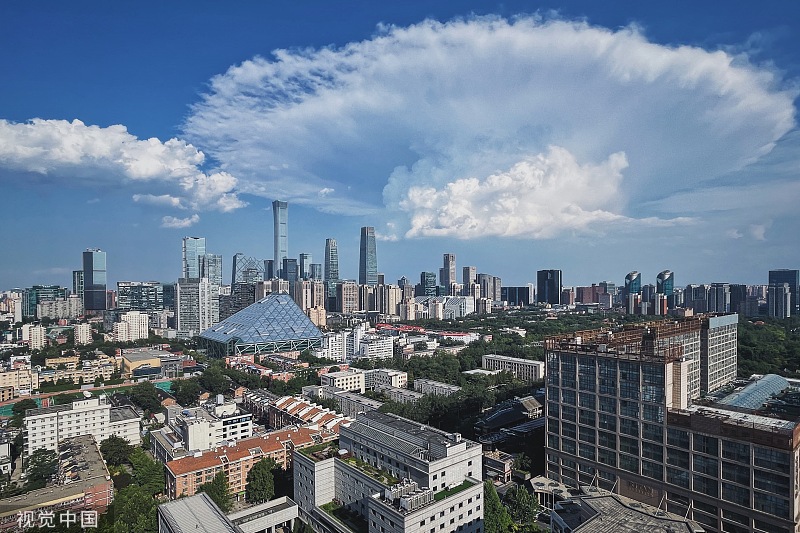
Rising sea levels and falling labor productivity would slash growth in the Asia-Pacific region, which needs an annual investment of at least $102 billion in the next five years for adaptation measures to help offset the huge economic losses brought by climate change, the Asian Development Bank said on Thursday.
The effect of climate change could reduce regional GDP by 17 percent by 2070 under a high-emissions scenario, ADB said in its Asia-Pacific Climate Report.
The Manila-based lender estimated that an accelerating climate crisis could expose up to 300 million people to coastal inundation, with trillions of dollars in coastal assets at risk of damage annually by 2070.
Although Asia-Pacific emissions intensity has decreased by more than 50 percent since 2000, the report showed that the region generated about half of global greenhouse gas emissions in 2021. This was caused by rising domestic consumption, energy demand and production.
Both public and private sources are needed to close the adaptation financing gap, ADB said. Only $34 billion of tracked adaptation finance was committed in the region from 2021 to 2022, falling short of ADB estimates of $102 billion to $431 billion in annual financing needs for adaptation until 2030, with nearly half of the amount directed toward coastal and river flood protection.
ADB principal economist Yi Jiang said investment in coastal protection should be a top priority, especially in vulnerable regions such as the Pacific Islands.
“Adaptation is inherently more difficult to finance than mitigation,” Yi said at a webinar held at the launch of the climate report. Domestic finance is important but the private sector has contributed less than 1 percent of adaptation finance flows in the Asia-Pacific region, Yi said.
More sustained funding
Diversifying sources of finance and offering a broader range of financial products can expand the adaptation finance landscape and ensure more sustained and flexible funding over the long term, he added.
ADB senior economist Shu Tian said most private investors are not keen on adaptation projects, which are “very hard to price” and have a relatively longer investment horizon than mitigation projects.
“Adaptation projects tend to be more like infrastructure, and even public-good type of products, and then it is very hard for the private sector to generate a clear revenue (stream) out of such assets, making it difficult for the private sector to participate,” she said.
ADB has committed more than $100 billion in climate finance by 2030, with $34 billion for adaptation and resilience.
The report said climate-related risks and regulatory changes are pushing more private investment toward climate-aligned projects. But policy uncertainties, unreliable information disclosure and weak enabling financial markets are reining in the inflow of private climate capital.
Regional governments need to implement policies such as carbon pricing and clean energy subsidies to boost the profitability of climate investments and develop climate-oriented financial systems to reduce transaction costs and compliance risks for investors, it said.


